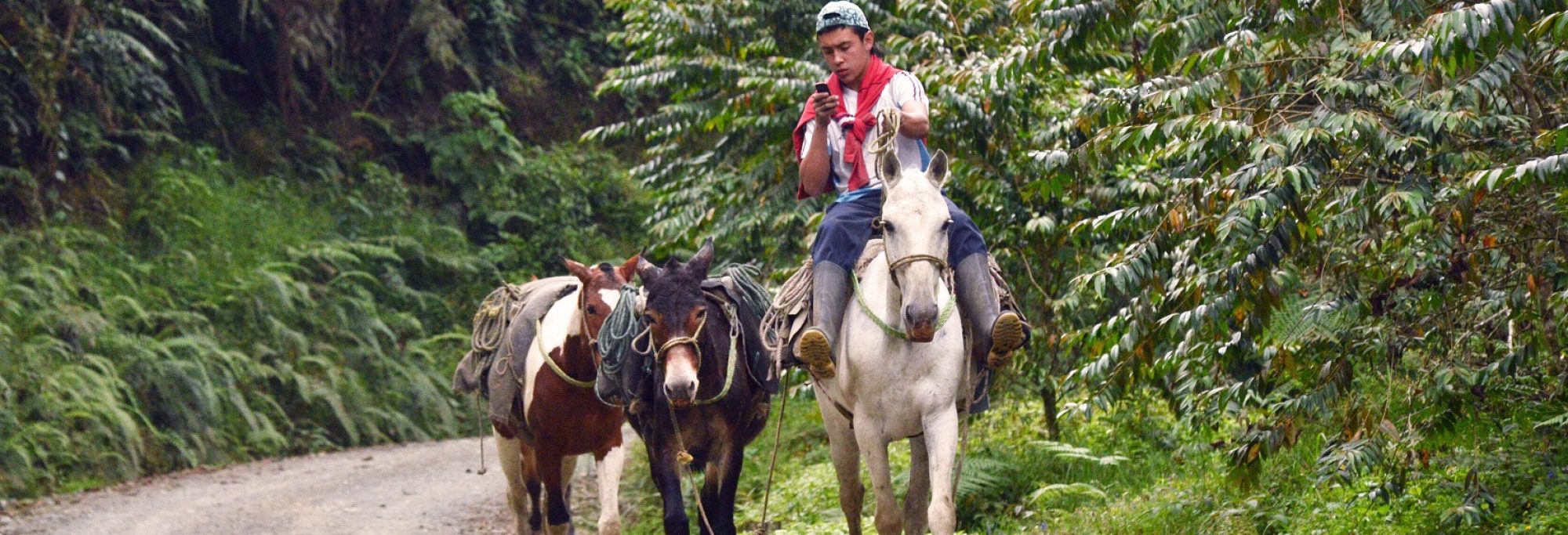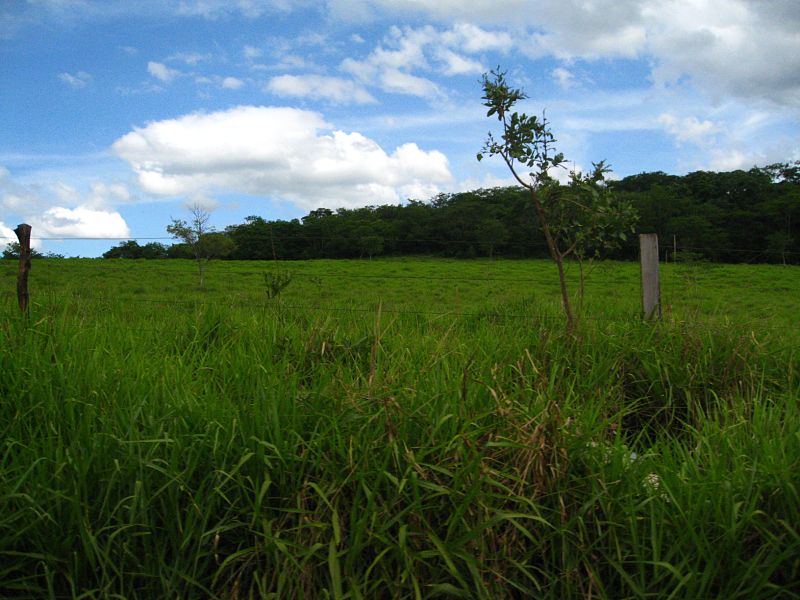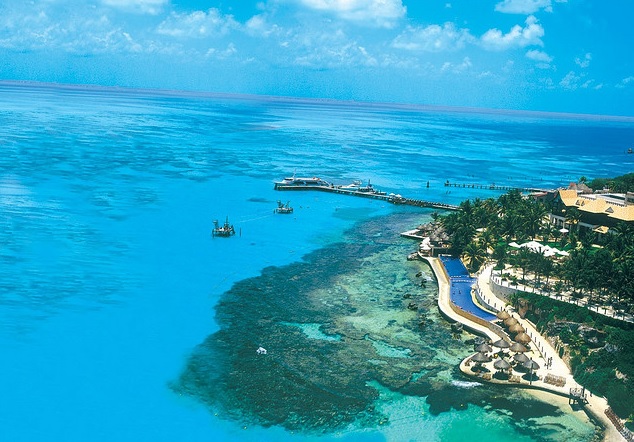A new census of Andean condors taken near Chile’s capital of Santiago has tallied 300 birds. Started in 2011, researchers and volunteers have counted the soaring birds three times a year from six different observation stations on the mountains surrounding the city. They want to learn more about their country’s national bird—the Andean condor’s seven-foot wingspan and taste for carrion are some of the few things researchers know about these scavengers.
“Our numbers are preliminary but clearly valuable because 300 is higher than condor populations counted in other countries,” says Victor Escobar, an independent biologist working with the Chilean ornithology group R.O.C. which led the census. According to Escobar, Bolivia has counted 80 Andean condors (Vultur gryphus) in the Apolobamba range while 200 have been counted near Rio Negro in Argentine Patagonia. “Unfortunately, we don’t have numbers for the entire Andean range,” he says. “But that’s why we started this project.”
Researchers estimate there are around 10,000 Andean condors living throughout the Andes mountains — from northern Colombia to the tip of Patagonia. Though poaching has driven down numbers in Venezuela and Colombia, populations are generally thought to be stronger further south. Condor censuses are sporadic and generally local in nature.
Continue reading “Andean condor census in Chile finds 300 birds near Santiago”




